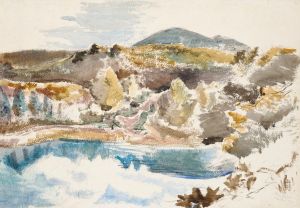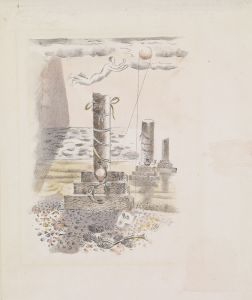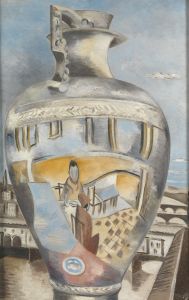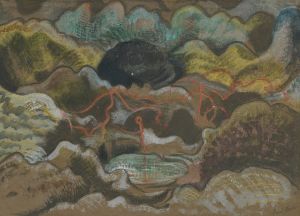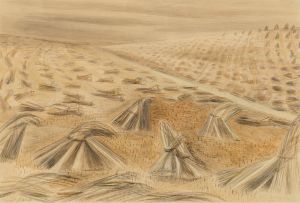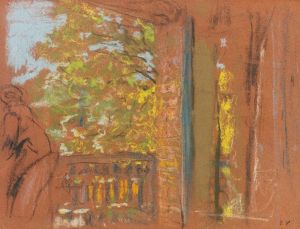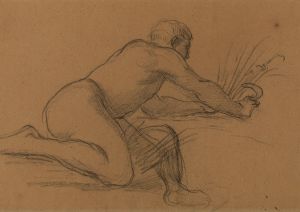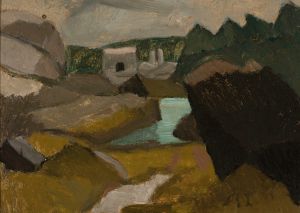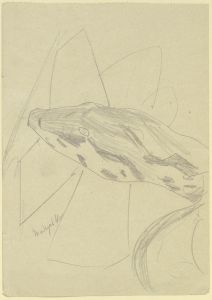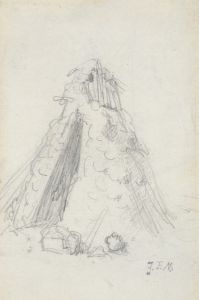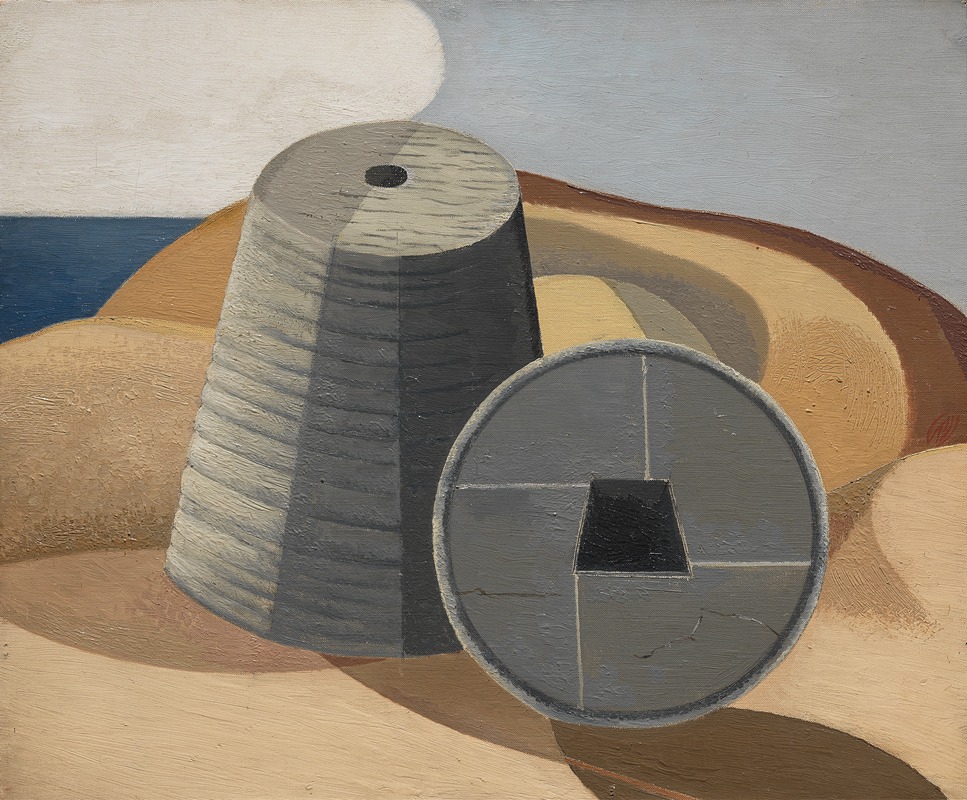
Mineral Objects
A hand-painted replica of Paul Nash’s masterpiece Mineral Objects, meticulously crafted by professional artists to capture the true essence of the original. Each piece is created with museum-quality canvas and rare mineral pigments, carefully painted by experienced artists with delicate brushstrokes and rich, layered colors to perfectly recreate the texture of the original artwork. Unlike machine-printed reproductions, this hand-painted version brings the painting to life, infused with the artist’s emotions and skill in every stroke. Whether for personal collection or home decoration, it instantly elevates the artistic atmosphere of any space.
Paul Nash was a prominent British artist known for his distinctive contributions to modern art, particularly in the realms of surrealism and landscape painting. "Mineral Objects" is one of his notable works, reflecting his interest in the natural world and his ability to infuse it with a sense of mystery and abstraction.
Created in 1935, "Mineral Objects" exemplifies Nash's fascination with the interplay between the organic and the inorganic. During this period, Nash was deeply influenced by surrealism, a movement that sought to unlock the creative potential of the unconscious mind by juxtaposing unexpected elements. This influence is evident in "Mineral Objects," where Nash presents a composition that blurs the lines between reality and imagination.
The painting features a collection of objects that resemble stones or minerals, arranged in a manner that suggests both natural formation and deliberate placement. Nash's use of muted colors and subtle shading gives the objects a tactile quality, inviting viewers to contemplate their texture and form. The background of the painting is often described as ambiguous, neither fully abstract nor entirely representational, which adds to the enigmatic quality of the work.
Nash's interest in such subjects can be traced back to his experiences during World War I, where he served as an official war artist. The devastation he witnessed profoundly affected his artistic vision, leading him to explore themes of decay and renewal in the natural world. "Mineral Objects" can be seen as a continuation of this exploration, as it captures the timeless and enduring nature of geological forms.
The painting also reflects Nash's broader interest in the British landscape, which he often depicted as a site of ancient mystery and spiritual significance. By focusing on mineral forms, Nash connects the viewer to the earth's primordial history, suggesting a continuity between past and present. This connection is a recurring theme in Nash's work, where landscapes are not merely backdrops but active participants in the narrative.
"Mineral Objects" is housed in the Tate collection, where it continues to be appreciated for its innovative approach to landscape and still life. It stands as a testament to Nash's ability to transcend traditional artistic boundaries, merging elements of surrealism with his unique vision of the natural world.
In summary, "Mineral Objects" by Paul Nash is a compelling example of his ability to blend the real with the surreal, creating a work that is both grounded in the physical world and imbued with a sense of otherworldly mystery. Through his careful arrangement of mineral forms, Nash invites viewers to reflect on the enduring and enigmatic qualities of nature, a theme that resonates throughout his oeuvre.





